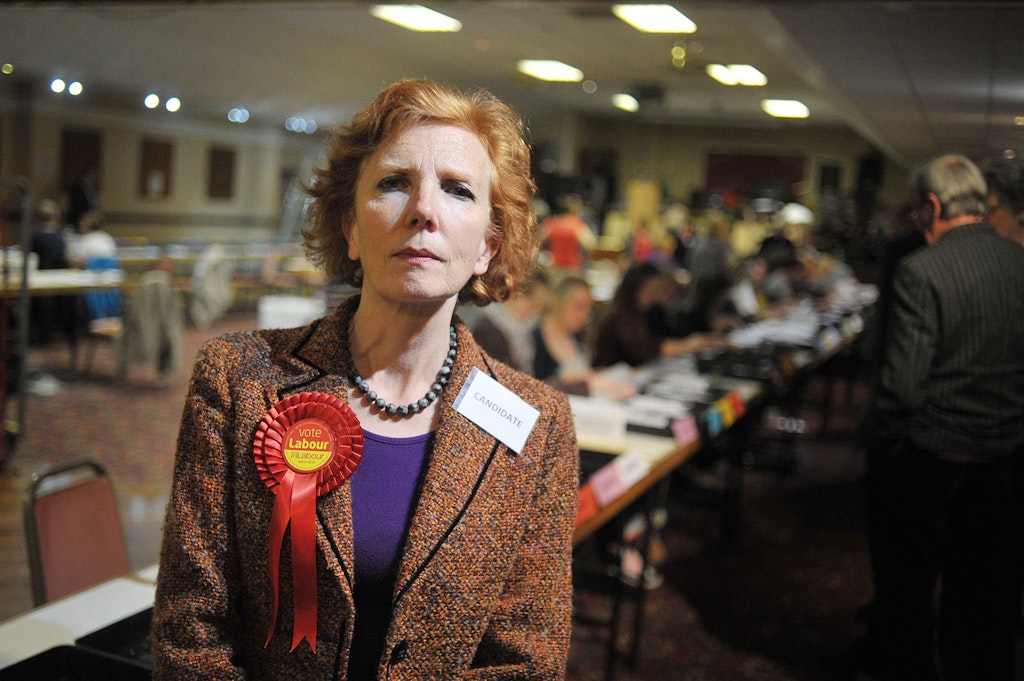Who exactly is “far right”?
If it is a threat then it has to be defined
The term “far right” is used very often in the media and in public discourse as a pejorative description of groups or individuals. But what does it mean? The term is not just used by the media, but by the government itself. What do they mean? Lord Pearson asked some questions to find out.
Lord Pearson asked a parliamentary written question in June, asking the government whether it has “adopted a common definition of ‘far-right’; and if so, what it is.”
Lord Sharpe, Parliamentary Under-Secretary of State for the Home Department replied on behalf of the government. He cited an Intelligence and Security Committee report which defines Far Right as “an umbrella term to encapsulate the entire movement which has a Far-Right political outlook in relation to matters such as culture, race, immigration and identity.” Lord Sharpe stated that the Home Office uses this definition.
What is extraordinary about this is that the definition is actually circular! “Far-Right” is defined as being “Far-Right” in relation to certain matters. One might have hoped that someone in the Home Office would be sharp enough to see the absurdity of this, even if Lord Sharpe and whoever advised him was not.
Not content with this answer, Lord Pearson tried again with another parliamentary written question referencing the previous answer and asking “what criteria are used to determine whether groups or individuals have a ‘far right outlook’.”
Lord Sharpe responded once again, referencing the same report and explaining that “far-right political outlook” means “views that Western civilisations are under threat from ‘non-native’ people and ideas.” This is at least an improvement on a circular definition, but it is an alarmingly catch-all definition. Let’s consider who now is “far right” according to this definition.
Well, historically all those Brits who advocated resisting Nazi tyranny were “far-right”. After all, they “viewed that Western civilisations were under threat from ‘non-native’ people and ideas”. They fit the definition perfectly. Winston Churchill was “far-right” then, as was King George VI and most of the population of Britain. Does the government realise this?
But, what of the Intelligence and Security Committee itself. Yes, the same committee whose report was the source of those definitions. The Intelligence and Security Committee released a report in July on China. This report contains the word ‘threat’ no less than 284 times. A section of the report is titled: “The National Security Threat to the UK.” The report includes statements like: “The fact that China is a strategic threat is not news.”
It is clear from the most cursory reading of the report that the Intelligence and Security Committee regards the UK, and Western democracies as being threatened by China. China in their view poses a “non-native” threat to the West. Hence according to its own definition, the Intelligence and Security Committee has a “far-right” outlook. Worse, the government itself would brand its own committee as “far-right”.
Just a few years back, in 2020, the same Intelligence and Security Committee released a report on Russia. Once again, the word ‘threat’ is prevalent with sentences like “The murder of Alexander Litvinenko in 2006 demonstrated that Russia under President Putin had moved from potential partner to established threat.” Russia is thus a “non-native” threat, and the Intelligence and Security Committee is once again “far-right” in outlook according to its own definition.
Careful — you’re sounding “far-right”!
Of course, there are many other politicians and members of the government who are openly warning about the threat to our nation from Russia or China, and multiple journalists too. Well now we know. Apparently, they are all “far-right”. Do you think of Russia or China as a threat to the UK at all? Careful — you’re sounding “far-right”!
But what of the threat that is so real that no-one dares to name it? What about Islamism? Well, Islamism is a “non-native” ideology and so such a person would be “far-right”. But wait a minute. That means the government’s 2023 CONTEST Report on the UK’s Strategy for Countering Terrorism is “far-right”. It describes “a persistent and evolving threat from Islamist terrorist groups overseas” and states:
In the UK, the primary domestic terrorist threat comes from Islamist terrorism, which accounts for approximately 67% of attacks since 2018, about three quarters of MI5 caseload and 64% of those in custody for terrorism- connected offences.
That definitely qualifies as seeing us as “under threat from ‘non-native’ people and ideas.” It is obviously “far-right” according to the government.
This is patently absurd, even if Lord Sharpe and others are not sharp enough to realise it.
We could also think about a British born ex-Muslim woman who is worried about the threat to her safety from the increasing influence of Islam, partly due to migration. Is she far-right? Surely not.
Is it really that difficult to define “far right”? Outright racism, advocating political violence and shutting down opposing views come to mind. The government urgently needs a re-think. We can’t have it using nonsense definitions that describe themselves and ordinary people as “far right”.
Enjoying The Critic online? It's even better in print
Try five issues of Britain’s most civilised magazine for £10
Subscribe














